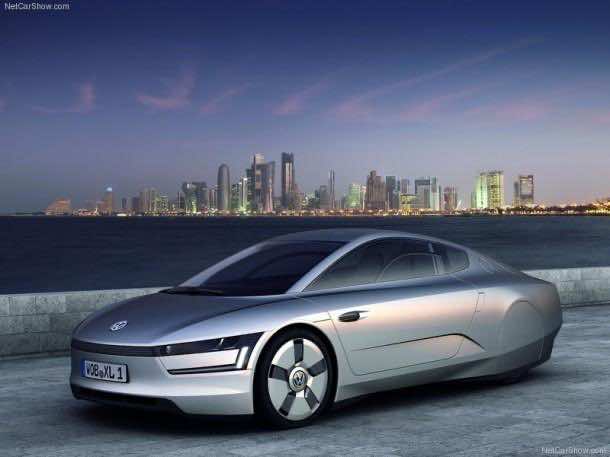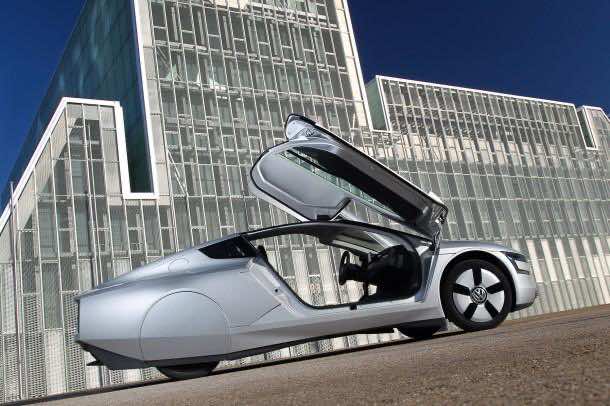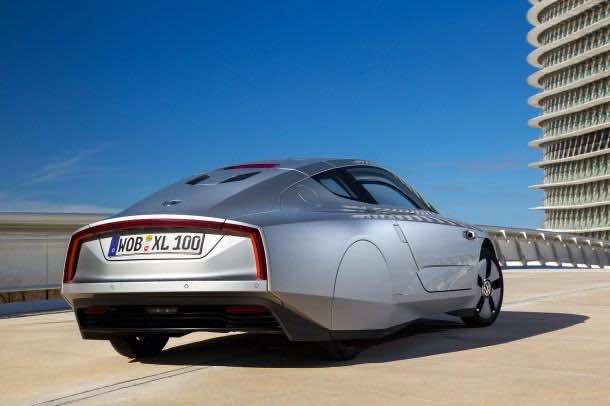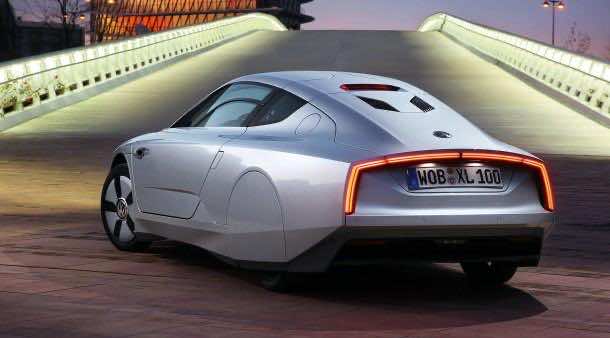 What do we look for when we are looking to purchase a car? Of course the looks and top speed, they all matter but what is the prime factor, decisive factor, the turning point when you are out there looking for the car? It is the fuel economy. Because it is one thing to purchase a car and it is completely another thing to be able to afford using it. This is important for the car makers as well who have been working so hard to reach the 100 miles per gallon mark when it comes to efficiency.
What do we look for when we are looking to purchase a car? Of course the looks and top speed, they all matter but what is the prime factor, decisive factor, the turning point when you are out there looking for the car? It is the fuel economy. Because it is one thing to purchase a car and it is completely another thing to be able to afford using it. This is important for the car makers as well who have been working so hard to reach the 100 miles per gallon mark when it comes to efficiency.
 How do you increase the fuel economy from the perspective of a car manufacturer? Broadly speaking, it is a three-fold process and includes improving aerodynamics, reducing weight and enhancing the powertrain efficiency. Back in 1999, Volkswagen engineers performed a feat when they achieved 78.4 miles per gallon efficiency with the Lupo 3L. However, Volkswagen was definitely not satisfied with the results.
How do you increase the fuel economy from the perspective of a car manufacturer? Broadly speaking, it is a three-fold process and includes improving aerodynamics, reducing weight and enhancing the powertrain efficiency. Back in 1999, Volkswagen engineers performed a feat when they achieved 78.4 miles per gallon efficiency with the Lupo 3L. However, Volkswagen was definitely not satisfied with the results.
This led to appointment of engineer Ulrich Hackenberg, who was tasked to come up with something even better. Mr Ulrich is no ordinary engineer. Having work experience with Bentley and Bugatti, we believe he took the challenge of overcoming the 100 miles per gallon limit with a smile. Do you think we are exaggerating? Wait till you hear what Hackenberg and his team achieved; an efficiency of 261 miles per gallon. No, it’s not a typo. They really did manage to pull off this incredible fuel economy numbers. The model is known as XL 1 and it has been rendered as the most fuel efficient car ever.
 The design phase started from scratch and every part of XL1 was built from nothingness. Like we’ve mentioned, reducing weight is a key factor for improving fuel efficiency. So the team took apart the steel components and used carbon fiber instead of steel to impart strength while cutting down weight. The components included the chassis too. The drag had to be taken care of and hence, the idea of side view mirrors was discarded while making sure that the car has a smooth and somewhat low-riding shape so that it navigates easily without the air hindering its performance. It comes with 830 cc, two cylinder diesel engine and is coupled with a 20kW electric motor that is able to provide XL1 with a mileage of more than 500 miles while employing a 2.6 gallon fuel tank. The car weighs only 1,753 pounds and has a top speed of 99 mph.
The design phase started from scratch and every part of XL1 was built from nothingness. Like we’ve mentioned, reducing weight is a key factor for improving fuel efficiency. So the team took apart the steel components and used carbon fiber instead of steel to impart strength while cutting down weight. The components included the chassis too. The drag had to be taken care of and hence, the idea of side view mirrors was discarded while making sure that the car has a smooth and somewhat low-riding shape so that it navigates easily without the air hindering its performance. It comes with 830 cc, two cylinder diesel engine and is coupled with a 20kW electric motor that is able to provide XL1 with a mileage of more than 500 miles while employing a 2.6 gallon fuel tank. The car weighs only 1,753 pounds and has a top speed of 99 mph.
 As of now, only a limited a number of XL1 are being produced; 250 to be exact and they will be sold in Europe. We can foresee some issues with the US safety regulations. However, Hackenberg is confident that XL1’s engine will be in reach for US citizens in the future cars from Volkswagen.
As of now, only a limited a number of XL1 are being produced; 250 to be exact and they will be sold in Europe. We can foresee some issues with the US safety regulations. However, Hackenberg is confident that XL1’s engine will be in reach for US citizens in the future cars from Volkswagen.



It would be good if they design it from the utility van first because that would be most usefull. And I hope it will be soon that we can enjoy such technology.